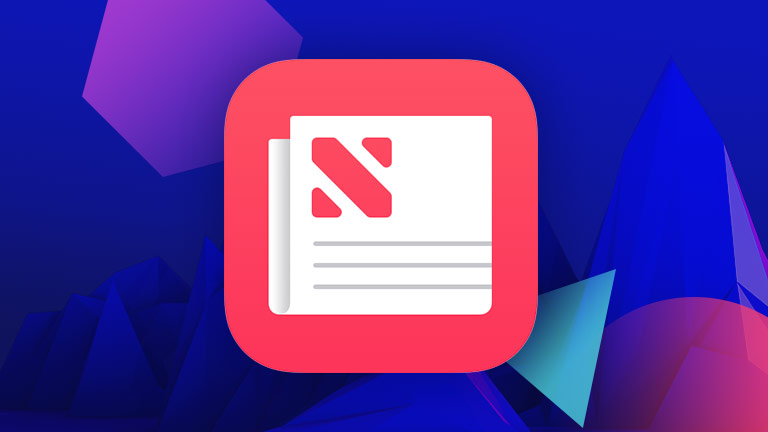On October 21, 2015, Apple released Apple News to the public as part of its iOS 9 launch. In just a few months, Apple reported it had 40 million unique users. A year later, that number ballooned to 70 million.
While Apple hasn’t provided an update since, there’s strong evidence to support that user growth hasn’t abated. Business Insider recently wrote that Growth has been significant: Publishers are falling in love with Apple News. A report by The Information backs that up, revealing that Apple News can generate as much as 50% of Vox’s traffic. “An executive at the website of a major TV network said Apple News has accounted for as much as 60% of traffic.”
Monetization Challenges
While user growth remains robust, monetizing that user base hasn’t been easy for publishers. According to a Digiday article, “Michael Kuntz, head of digital revenue strategy for Gannett, said he’s happy with the audience USA Today is getting from Apple News but that the revenue coming to the publisher… is ‘insignificant.’ He added that he’s optimistic that the situation will improve under Apple, though.” Later in the article, Scott Havens, Global Head of Digital for Bloomberg Media, shares a similar sentiment. He states that while “Bloomberg Media isn’t directly monetizing its content on Apple News yet, [it’s] happy with the traffic and engagement it’s getting and is optimistic that Apple will eventually give publishers seamless and scalable ways to monetize their audience.”
Publishers have reason to be optimistic. Behind the scenes, Apple has been methodically building out an infrastructure for publishers and Apple itself to monetize its rapidly growing user base.
Spreading the News
In 2017, Apple partnered with three firms to sell ads across Apple News: NBCU in North America, Telegraph in the U.K. and Airwave in Australia. This immediately opened Apple News to third-party tags and measurement, giving publishers more avenues for monetizing their content.
In yet another sign that Apple is serious about helping publishers monetize Apple News, Apple announced support for Google’s Doubleclick for Publishers (DFP). According to Digiday, this will “make it easier for publishers to sell their Apple News articles with inventory on their own sites and their Google Accelerated Mobile Pages and Facebook Instant Articles inventory. That way, publishers may start to see some real revenue from Apple News and be more willing to produce the higher-quality, exclusive content that Apple seeks.”
Apple News Gets Creative
In June of 2017, Apple News took a big step forward when Celtra announced support for Apple News. Celtra’s support immediately gave publishers and advertisers an easy way to create rich and immersive ad experiences using a full set of powerful creative capabilities featuring visual effects, motion graphics and reactive animations, among others. It also meant that existing ads could be repurposed for Apple News with little effort. And soon, video will be supported, making Celtra the only approved Apple News vendor to support both display and video.
Future Looks Bright
While some challenges remain (eg., limited tracking, audience targeting and viewability), publishers can mitigate those issues by leveraging Celtra’s platform to produce high quality creatives that stand out, are engaging and ultimately perform well.
Furthermore, Apple’s recent acquisition of Texture, the popular digital magazine subscription service, sometimes referred to as the Netflix of magazines, hints at bigger things in store for users and publishers. According to Bloomberg, Apple plans to integrate Texture into Apple News to create a subscription service similar to Apple Music. This should be music to publishers’ ears; in less than 3 years, Apple Music signed up 40 million paying customers, and is expected to overtake Spotify in the U.S. sometime this year.
While there’s no guarantee that Apple News will see that level of success, many publishers believe that Apple News has the potential to develop into a significant channel for increasing readership and monetization. With a growing ecosystem of partners, including a one-stop shop for making, measuring and managing digital ads, publishers now have everything they need to begin leveraging what could be the next big opportunity.

